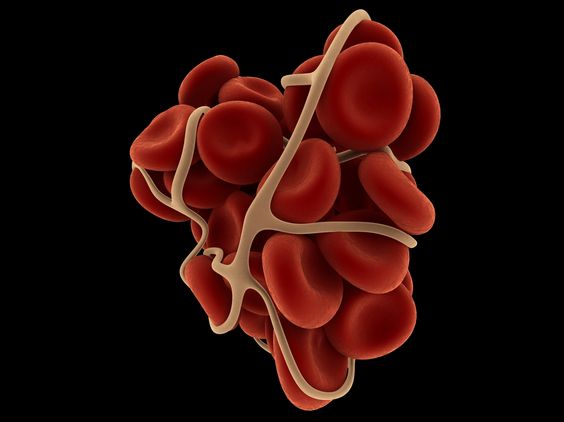What Is Hemophilia?
Hemophilia is a rare genetic bleeding disorder in which the blood doesn't clot normally. This is caused by a deficiency in clotting factors, which are proteins in the blood that help control bleeding. People with hemophilia can experience prolonged bleeding after injuries or surgeries, and they may also have spontaneous bleeding into their joints and muscles.

There are two main types of hemophilia: hemophilia A and hemophilia B. Hemophilia A is more common and is caused by a deficiency in clotting factor VIII. Hemophilia B is caused by a deficiency in clotting factor IX.
Symptoms of Hemophilia
The severity of hemophilia symptoms can vary depending on the level of clotting factor deficiency. Some people with mild hemophilia may only experience excessive bleeding after surgery or trauma. Others with moderate or severe hemophilia may experience frequent spontaneous bleeding episodes.
Common symptoms of hemophilia include:
- Easy bruising: People with hemophilia may bruise easily, even from minor bumps or knocks.
- Prolonged bleeding: Bleeding from cuts or wounds may take longer to stop in people with hemophilia.
- Joint pain and swelling: Spontaneous bleeding into joints can cause pain, swelling, and stiffness.
- Muscle bleeding: Bleeding into muscles can cause pain, swelling, and weakness.
- Blood in the urine or stool: This can be a sign of internal bleeding.
Treatment for Hemophilia
The primary treatment for hemophilia is replacement therapy, which involves receiving infusions of the missing clotting factor. This can help to prevent and control bleeding episodes. The frequency and dosage of replacement therapy will vary depending on the severity of the hemophilia and the individual's needs.
In addition to replacement therapy, other treatments for hemophilia may include:
- Medications: Some medications, such as desmopressin, can help to stimulate the production of clotting factors in people with mild hemophilia A.
- Physical therapy: Physical therapy can help to strengthen muscles and improve joint health, which can reduce the risk of bleeding episodes.
- Gene therapy: Gene therapy is a promising area of research for hemophilia treatment. It involves replacing or repairing the faulty gene that causes hemophilia.
Living with Hemophilia
Living with hemophilia requires ongoing management and careful attention to potential bleeding risks. However, with proper treatment and care, most people with hemophilia can live full and active lives. It is essential for individuals with hemophilia to:
- Work closely with a hematologist: Regular checkups and monitoring are crucial to manage the condition effectively.
- Follow the recommended treatment plan: Adhering to the prescribed replacement therapy regimen is vital to prevent bleeding complications.
- Take steps to prevent injuries: Avoiding activities that pose a high risk of injury can help to minimize bleeding episodes.
- Educate oneself and loved ones: Understanding hemophilia and its management empowers individuals to take control of their health.

.jpg)